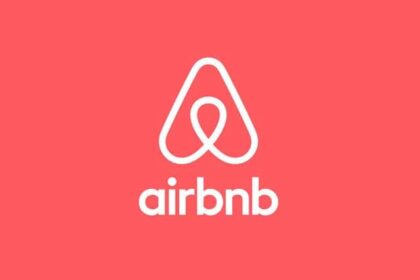We live in a time where trends are born on TikTok and global style is defined by everyday people, not just runways. Amid this digital revolution, two brands Zara and Glossier have turned mass obsession into a business model. They’re not just brands. They are movements.
What’s behind their cult-like followings? It’s not just about clothes or skincare. It’s about identity, speed, and storytelling..
Zara: Speed as Strategy
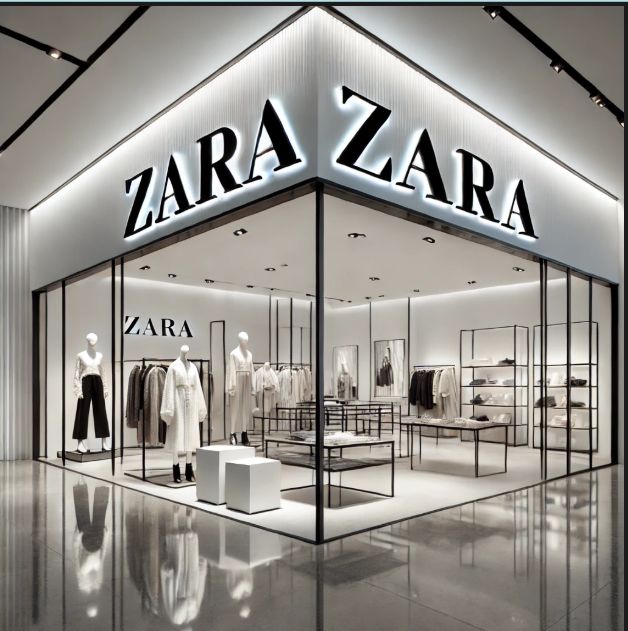
The Fast Fashion Engine
Zara doesn’t follow trends. It creates them at warp speed. With a supply chain built like a Formula 1 pit crew, Zara can take a design from sketch to store shelf in under 3 weeks. This isn’t just impressive. It’s revolutionary.
“Zara is essentially a tech company disguised as a fashion retailer,” says fashion economist Elena Rojas.
Data-Driven Design
Zara doesn’t guess what you’ll want. It knows. Every customer interaction, from fitting room trials to Instagram likes, feeds into real-time design updates. That’s AI + human insight in harmony.
It’s the future of demand prediction personal at scale.
Glossier: Community is the Commodity
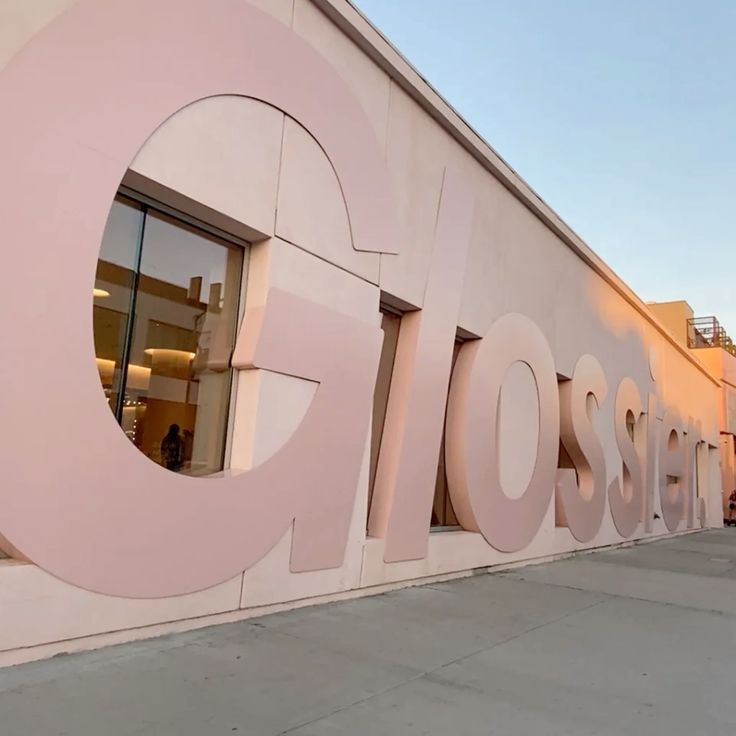
Born from a Blog
Before it was a billion-dollar beauty company, Glossier was a conversation. Founder Emily Weiss started with Into the Gloss, a blog that made beauty feel like a sleepover talk.
It wasn’t about aspiration. It was about access. That authenticity built a digital army.
“Glossier didn’t create customers. It empowered them to be co-creators,” notes brand strategist Layla Kareem.
Less Product, More Power
Where legacy brands launch dozens of products a year, Glossier focused on a handful. Boy Brow. Milky Jelly Cleanser. Cloud Paint.
Each became a hero item, not because of marketing spend, but because of community hype.
A Mirror, Not a Billboard
Glossier’s core message is simple: “You’re already beautiful.” In a world flooded with filters and pressure, this was radically refreshing.
The brand’s minimal packaging, user-generated content, and “skin first” approach resonated with Gen Z and millennial values:
- Transparency
- Simplicity
- Self-expression over perfection
What They Both Got Right
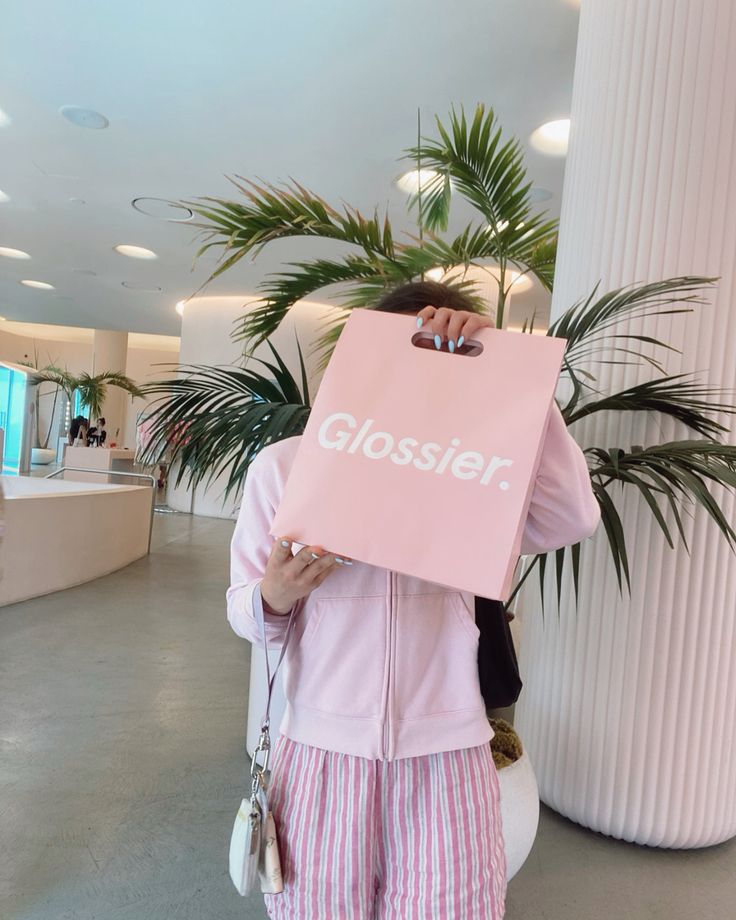
1. They’re Masters of Aspirational Realism
Zara sells runway vibes at mall prices. Glossier sells luxury skincare in friendly packaging. Both balance aspiration with accessibility, the sweet spot of modern branding.
2. They Don’t Sell Products. They Sell Lifestyles.
You’re not just wearing Zara, you’re in the loop. You’re not just using Glossier, you’re someone who gets it.
This emotional connection is the reason fans become evangelists.
3. Community is the New Customer Acquisition
Both brands invert the funnel. Instead of chasing people with ads, they turn loyalists into influencers:
- Zara’s style hauls dominate YouTube
- Glossier’s real-user reviews feel like advice from a friend
This makes growth organic, exponential, and sticky.
4. Scarcity Builds Frenzy
Zara’s limited runs and Glossier’s occasional stockouts aren’t failures, they’re strategy. Limited supply + high demand = obsession.
The Cultural Shift Driving Obsession
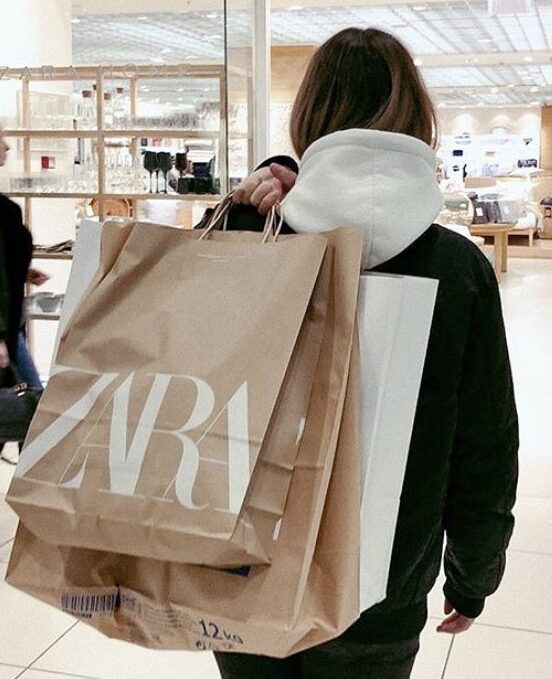
1. Identity as Currency
In the social media economy, what you wear and what you use is who you are. Zara and Glossier help people express their personal brand affordably and stylishly.
2. The Rise of “Quiet Luxury” and Minimalism
Zara offers a taste of high fashion without the label. Glossier celebrates skin without shouting. Both speak to a new generation tired of loud branding.
3. Anti-Corporate, Pro-Connection
Consumers crave realness. They’re tired of faceless corporations. Both Zara and Glossier win by being fast, responsive, and human-centric.
So, What Can Other Brands Learn?
Be Fast, But Be Thoughtful
Zara shows that agility doesn’t have to mean chaos. Speed with purpose builds loyalty.
Talk With, Not At, Your Audience
Glossier didn’t tell customers what they needed. It listened.
Make Your Brand a Mirror
Help people see themselves, not just your product. That’s when obsession begins.
Conclusion: From Trends to Tribes
Zara and Glossier didn’t just build brands. They built tribes. In a world overwhelmed by choice, they give people something more valuable than just products: belonging.
That’s why obsession isn’t going away. It’s evolving. And every brand chasing relevance today must ask:
“What are we helping people belong to?”






